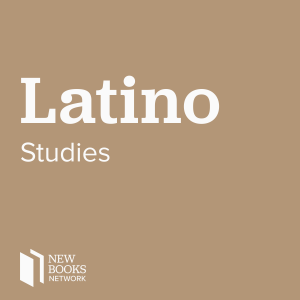
Lisandro Perez, “Sugar, Cigars and Revolution: The Making of Cuban New York” (NYU Press, 2018)
 2018-11-01
2018-11-01
A new book reveals an incredible slice of Cuban-American history that’s been all but forgotten until now. Lisandro Perez‘s Sugar, Cigars and Revolution: The Making of Cuban New York (NYU Press, 2018) tells the story of a vibrant Cuban émigré community in 19th-century New York that ranged from wealthy sugar plantation owners investing their fortunes in New York real estate, to working-class Cubans rolling cigars in Lower Manhattan decades before the industry took hold in Tampa. Cubans in New York had their own businesses, newspapers, and clubs, and many were involved in the struggle to liberate Cuba from colonial Spain. Among those New York-based political activists was the great hero and poet Jose Marti, who lived most of his adult life here. In fact, says Perez, a professor at John Jay College of the City University of New York in the department of Latin American and Latino/Latina studies, New York was the most important city in the U.S. for Cubans until 1960, when of course Miami became the destination for Cubans fleeing communism.
This interview is part of an occasional series on the history of New York City sponsored by the Gotham Center at CUNY.
Beth Harpaz is the editor for the CUNY website SUM, which showcases books and research from the CUNY community.
Learn more about your ad choices. Visit megaphone.fm/adchoices
Support our show by becoming a premium member! https://newbooksnetwork.supportingcast.fm/latino-studies
More Episodes
Create your
podcast in
minutes
- Full-featured podcast site
- Unlimited storage and bandwidth
- Comprehensive podcast stats
- Distribute to Apple Podcasts, Spotify, and more
- Make money with your podcast
It is Free
- Privacy Policy
- Cookie Policy
- Terms of Use
- Consent Preferences
- Copyright © 2015-2024 Podbean.com





